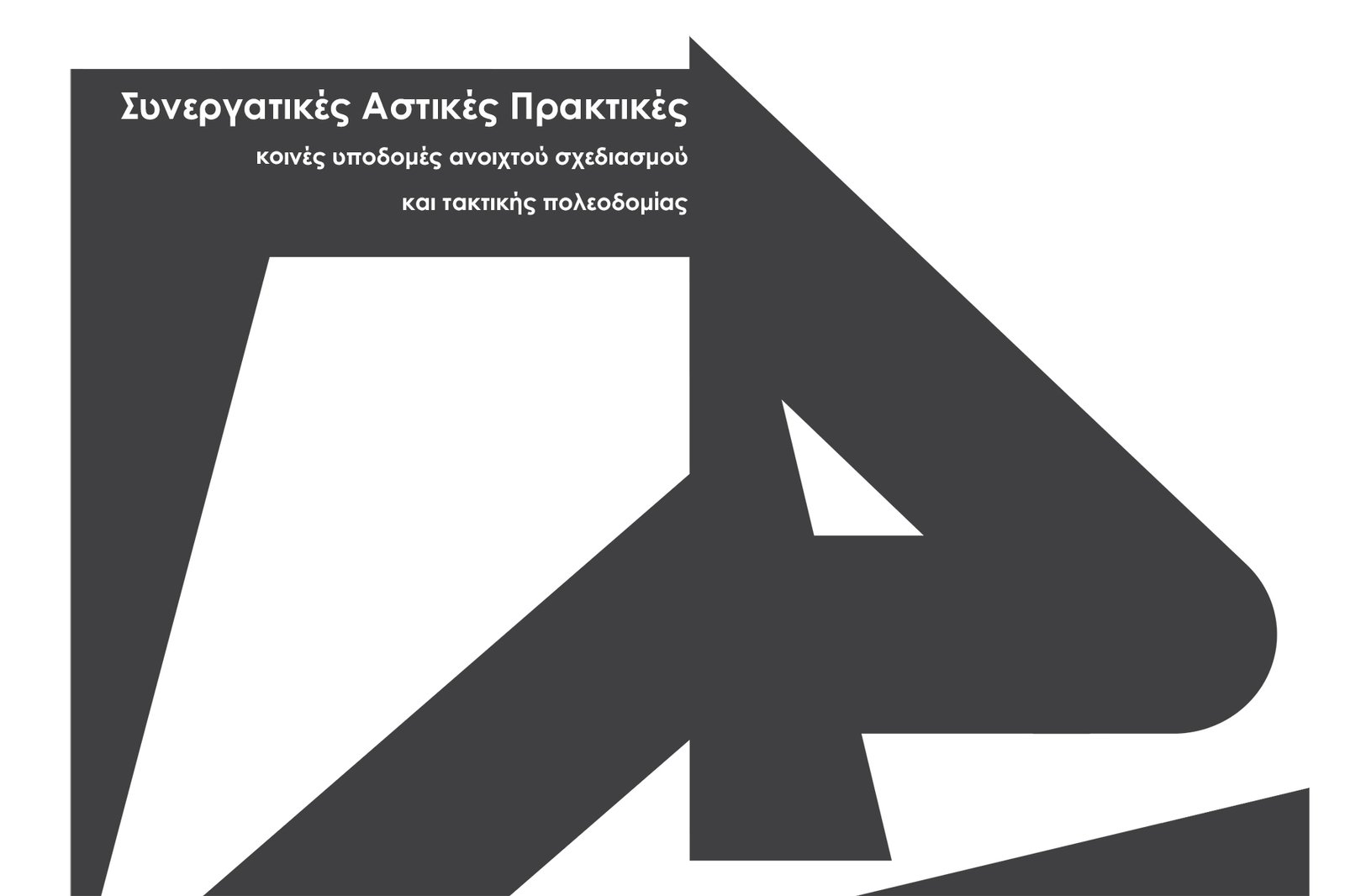In contrast to the typical notion of urban planning, Tactical Urbanism refers to the bottom-up production of the city that emerges through the dynamics of social movements and actions. Thus, the city is transformed into a city-as-“an oeuvre” [Lefebvre], to the extent that it is determined by its own inhabitants and not by the authorities.
Tactical Urbanism is in opposition to Strategic Urbanism. On the one hand, the "Strategy" (in singular) represents the central planning of the state related to the exercise of power. On the other hand, "tactics" (in plural) represent the isolated initiatives or scattered events that "play with the mechanisms of power and conform to them only to bypass and redirect them" [De Certeau].
Nowadays, there is a shift of focus in the discussion of urban development from structure and form to behavior and process. In this way, processes like public consultation and participatory design, that aim to activate public space and empower local communities, come to the forefront. The concept of complexity is at the core of all these approaches.
The complexity of the modern world around us necessitates experimental approaches that do not intend to apply definitive solutions to everyday problems but instead apply the trial-and-error method. This fact highlights the transition from the stiff and rigid nature of central strategic urbanism, deeply rooted in the ground and fixed in time, to the flexible and lightweight character of scattered tactical urbanism, which is adaptable and open to changes.
Tactical Urbanism is:
- Lightweight (small-scale)
- Temporary (movable or transferable from place to place)
- Flexible (adaptable to needs or conditions)
In its original form, it can also be:
- Spontaneous (not pre-planned)
- Anonymous
- Illegal (may not conform to the state's laws)
Our own practice lies somewhere between strategic and tactical urbanism. We do not function as agents of the state or representatives of a social movement but rather as active citizens and extroverted architects. Our aim is to challenge government decisions and also to encourage the people to participate in public dialogue and support collective initiatives already active in the public sphere.
So far, our projects do not function as permanent urban infrastructures but as ephemeral urban interventions that serve various socio-cultural activities in public space. These infrastructures are shared among different creative groups and active citizens, expanding their tools and broadening their sphere of influence, ultimately becoming common resources.
